The worlds most endangered turtle species and, arguably one of the world’s rarest animals, Swinhoe’s Softshell Turtle (Rafetus swinhoei) has been given a boost following successes using a technique called eDNA to identify a new individual at a lake on the outskirts of Hanoi, Vietnam.
Swinhoe’s Softshell Turtle is perhaps the most celebrated turtle in all of Vietnam. In January 2016 a large male animal that had lived in Hanoi’s Hoan Kiem Lake in Vietnam passed away, this ancient animal was the last surviving individual of the species in the lake and was possibly over 100 years old. The turtles in Hoan Kiem had given rise to a 15th century legend in which a magical sword, used by King Le Loi to defeat an invading Chinese army, was returned to a giant turtle in the lake following the victory. This legend has given the turtle from Hoan Kiem Lake a special sacred, almost god like status, in Vietnam. Despite being a creature of legend, the species has not fared well. Throughout much of its range animals where hunted for local consumption with a price in the trade no different to fish. Since 2003, the Asian Turtle Program (ATP; www.asianturtleprogram.org) of Indo-Myanmar Conservation (IMC), a UK based conservation charity, has conducted interview surveys throughout much of northern Vietnam covering 18 provinces looking at lakes, wetlands, and rivers that were once home to the species. These impressive animals were once found throughout much of the Red River Delta but the large softshell turtles, which can grow to over 150kg in size, were heavily hunted in the 1970’s and 1980’s, and in its last strong holds until the 1990s.
Now believed to be almost extinct in the wild, as of 2016 only three animals were known globally, two being kept in Suzhou Zoo in China, a female and ancient male who have been together since 2008, but despite successful nesting all eggs have been infertile. Meanwhile a single wild animal was found in 2007 by the ATP that resides in Dong Mo Lake just west of Hanoi.
Though surveys have identified numerous sites where the species historically used to survive, for most sites, accounts of hunting are old and it’s likely that the species is now locally extinct in many areas. Historical wetlands have been dammed to form isolated artificial lakes, and it’s from these areas that most of the last giant turtles were caught. But some of these lakes are large and complex, well over 1,000 hectares in size. The animals are secretive, surfacing and basking rarely, preferring to spend time in the depths of the lakes. This makes positive identification of animals that are reported extremely difficult and time consuming. To help with this the ATP/IMC has teamed up with the Turtle Survival Alliance (TSA; www.turtlesurvival.org ) from the USA, and Dr. Caren Goldberg from Washington State University, USA to explore the use of environmental DNA (eDNA) to find the species. eDNA is a relatively new technique for which Dr. Goldberg was an early pioneer, the technique relies on detecting the tiniest amounts of DNA in samples of water collected in the area of interest to confirm the species is present. The technique has often been used for fish and amphibians but the methods have only recently been applied to endangered turtles.
The ATP/IMC has been collecting samples from a number of lakes, including Dong Mo Lake where the only known wild Swinhoe’s Softshell Turtle lives, but eDNA samples have been inconclusive. It seems that dilution factors in large water bodies, coupled with possibly only one animal, has made the process challenging. But at the end of 2016 the ATP/IMC had news of a large softshell turtle being seen in Xuan Khanh Lake, Son Tay district, not far from Hanoi and Dong Mo Lake. Xuan Khanh Lake had come to our attention in 2012 when a photograph emerged of what was reported to be a large turtle but which was not clear enough to confirm as an animal. Intensive observation at this time did not find anything at the lake. With the new information in 2016 the ATP/IMC decided to make intensive observations through 2017, with thousands of hours spent by the team watching the lake which resulted in a number of sightings, and in May 2017 a photograph was eventually taken by Nguyen Van Trong, a former fisherman who has worked for conservation since 2007 for the ATP/IMC. The photograph is clearly a large softshell turtle, similar in general appearance to a Swinhoe’s Softshell Turtle, but again was not enough to confirm the species. We decided it was time to intensify our collection of eDNA samples for processing at the Washington State University laboratory. A clear positive result was given, with the trace DNA from the water samples matching current samples for the species, indicating that the animal in the new lake is also a Swinhoe’s Softshell Turtle. Through this eDNA method we now have additional evidence indicating that the unclear photograph of the turtle in the lake is in fact another Rafetus swinhoei, bringing the globally known population for this species to four individuals.
This finding brings new hope, with the possibility of bringing wild animals together in a controlled environment for captive breeding. The conservation and future of this, the world’s rarest turtle species, is far from guaranteed, a great deal of effort is now needed to protect these known animals and ensure they are able to breed, this will mean bringing them together in a single location. The ATP/IMC still has almost a dozen historical sites for which we want to invest more time in monitoring and will hopefully use eDNA to help confirm more animals.
The success of this work has only been possible with the support of an international team and national authorities in Vietnam. The Biodiversity Conservation Agency (BCA) of the Ministry of Natural Resources and the Environment (MoNRE), Fisheries Department and Forest Protection Department (FPD) have all supported surveys and conservation efforts. While the Cleveland Metroparks Zoo, Ohio, USA (CMZ), Turtle Conservation Fund (TCF), IUCN and Critical Ecosystem Partnership Fund (CEPF), and British Chelonia Group (BCG) as well as a number of private donors have supported the environmental DNA analysis.
Press release by: Timothy McCormack – ATP/IMC
Date: 12th April 2018
For further information please contact:
- Timothy McCormackAsian Turtle Program (ATP) of Indo Myanmar Conservation (IMC)15 Lime Walk, Ripon, North Yorkshire, UKTel: +44 (0) 7460 953121Email: tmccormack@asianturtleprogram.orgwww.asianturtleprogram.org
- Hoang Van HaAsian Turtle Program (ATP) of Indo Myanmar Conservation (IMC)Room No. 1806, CT1, Bac Ha C14 Building, To Huu, Trung VanNam Tu Liem, Hanoi, VietnamTel: +84 (0) 4 7302 8389Email: hvha@asianturtleprogram.org
www.asianturtleprogram.org
- Andrew WaldeTurtle Survival Alliance (TSA)1030 Jenkins Rd., Suite DCharleston, SC, USATel: 1-760-887-7012Email: awalde@turtlesurvival.org
www.turtlesurvival.org
- Caren GoldbergWashington State UniversityPullman, WA, USATel: 1-509- 335-3673Email: Caren.goldberg@wsu.edu
Photo gallery

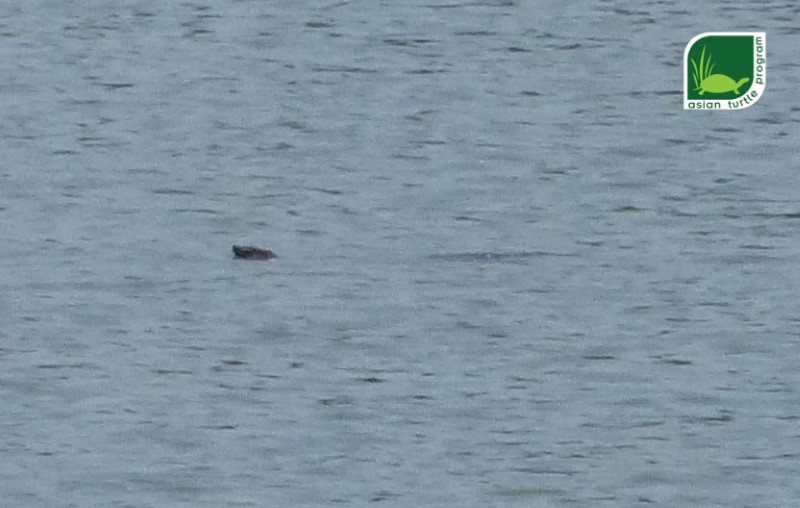
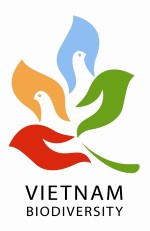
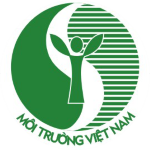
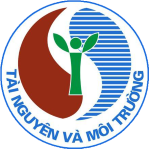







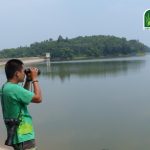
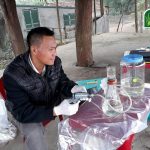
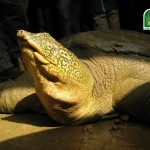

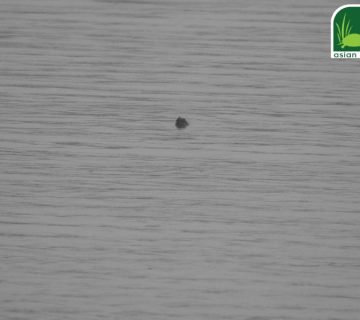

No comment